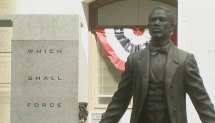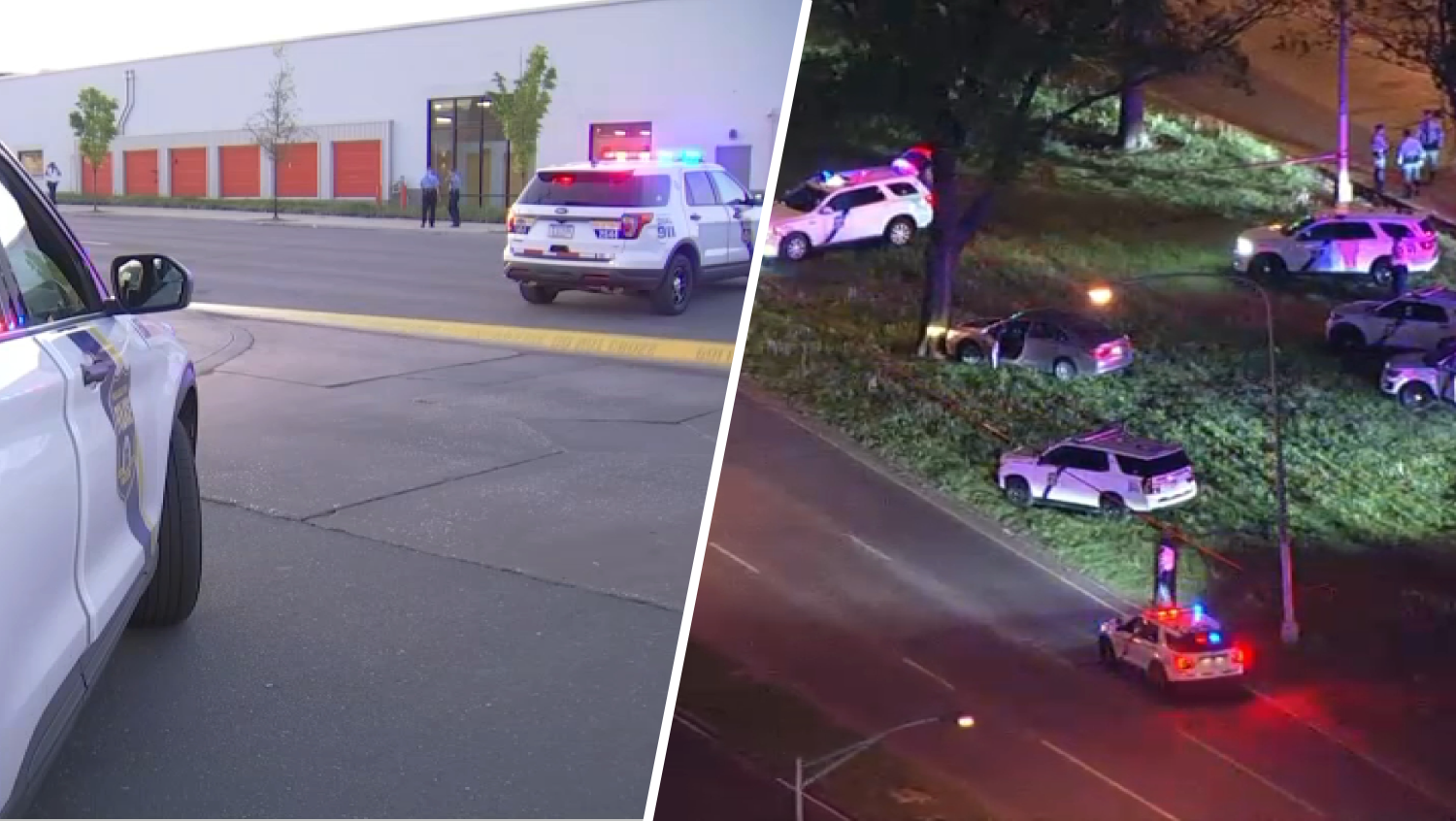Right outside of City Hall, Philadelphia leaders have unveiled a statue of Civil Rights activist Octavius Catto. NBC10’s Erin Coleman has the story.
What to Know
- 19th-century educator Octavius Valentine Catto was a leading civil rights leader in Philadelphia.
- Catto fought for a better education for black students, led efforts to desegregate city street cars and pushed for equal voting rights.
- The statue outside city Hall is the first such named tribute for an African-American in a public space in Philadelphia.
Nearly 150 years after he was killed on the streets of his adopted hometown, Octavius Valentine Catto was honored by a crowd of hundreds gathered in Philadelphia on Tuesday for the unveiling of a statue in his honor.
The honor is the first such named tribute for an African-American on public land in Philadelphia and comes amid a national conversation about how and where America chooses to celebrate its heroes.
The crowd cheered as a statue of Catto — which seemed to stride boldly in the direction of Broad Street in the shadow of City Hall — was revealed.

V. Chapman Smith, vice president of the O.V. Catto Memorial Fund, encouraged those gathered to pursue Catto's vision and continue to advance the ideals he stood for.
"He was one of our nation's most important citizens who worked for the good of America," Smith said.

Mayor Jim Kenney, who first learned of Catto as a city councilman and led a 15-year crusade to memorialize the activist, called him "a true American hero" who should be revered by all Philadelphians and whose legacy should be taught to all Americans.
Local
Breaking news and the stories that matter to your neighborhood.
"My hope is that someday, every child in Philadelphia will know as much about Octavius Valentine Catto as they do about Benjamin Franklin, George Washington and Martin Luther King," Kenney said.
Born in 1839, Catto led a civil rights movement in Philadelphia a century before the nation's fight to end segregation. The 19th-century educator and organizer fought for better education for black students, led efforts to desegregate the city's street cars and pushed for equal voting rights — all before he was killed at age 32.
Who Was Octavius Catto and Why Did Philadelphia Dedicate a Statue to Him?
His contributions to American democracy rival some of the country's most celebrated patriots, yet his story has remained largely unknown.
"We know more about Rocky — who's not even a real person — than we know about Octavius, which says a lot," Kenney said in an interview.
Sculptor Branly Cadet said his aim with the monument, which also includes five pillars marking Catto's contributions as an educator, athlete and National Guard major — was to highlight the values Catto embodied, including respect, fairness, uplift and civic engagement.
Philadelphia is in the midst of its own debate over a statue of controversial iconic former Mayor Frank Rizzo. Catto's statue stands near a sculpture of Rizzo, whose complicated racial legacy has led some to argue that his likeness should be removed from city property. After racial violence erupted last month in Charlottesville, Virginia, where protesters gathered to oppose the removal of a statue of Confederate General Robert E. Lee, debate over Rizzo's fate resurfaced.
Catto's work advocating for voting rights would ultimately bring about his untimely death. He worked to get Pennsylvania to ratify the 15th Amendment guaranteeing the right to vote for black men. On October 10, 1871 — the first Election Day blacks were allowed to vote — Catto was shot to death on his doorstep by Irish-American ward bosses.














